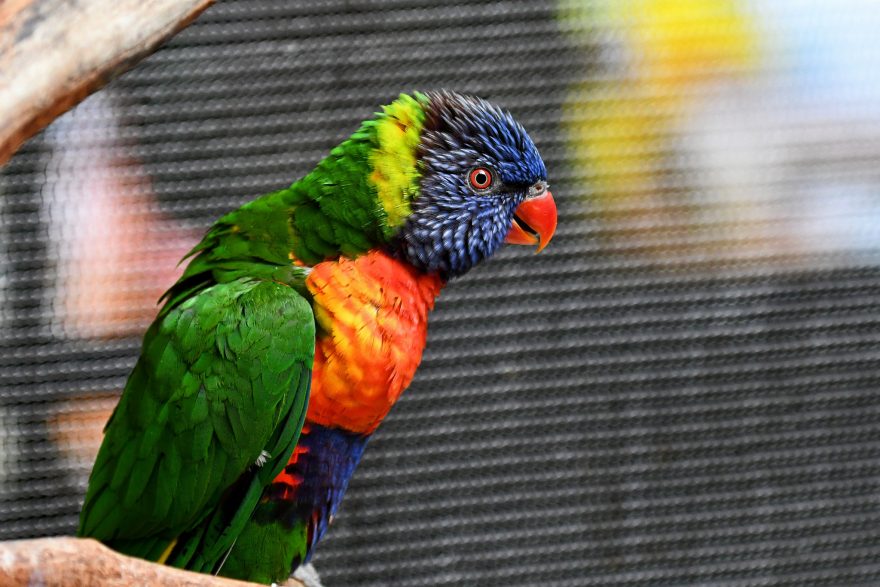The breeding season—as the name helpfully suggests—is the season during which birds pair up and breed. In the wild, “breeding season” is often synonyms with spring, because that’s when the weather begins to warm and food becomes most abundant. In captivity, where food scarcity isn’t an issue, autumn is generally considered to be a breeding season as well. In this article, we’ll look at a few tasks you should do to prepare your aviary and bring your birds into breeding condition.

1. Ready the nesting receptacles
Many breeders remove nesting boxes outside of the breeding season to discourage breeding during excessively hot or cold weather, while others leave the nests in year-round to provide hiding places. If you subscribe to the former school of thought, the first preparatory task at the beginning of the breeding season is to put the nests into the aviary.
Next, make sure the nests are clean. All sorts of mould, fungus, parasites, and bacteria can live in used nesting material, so it should be discarded entirely. A spray disinfectant will get rid of any nasties on the interior surface, while a bird-safe residual insecticide (such as Coopex) will provide ongoing protection from insects.
Some bird species, such as cut-throat finches and Gouldian finches, tend to be poor nest building and need a helping hand from humans. If you keep any such species, a handful of nesting material should be placed into the nest box and shaped into sphere or cylinder.
2. Clean thoroughly
When birds are courting, nest building, laying, sitting, or feeding chicks; you would ideally avoid disturbing them unless absolutely necessary. To minimize the amount of interruption your birds endure, you should give your aviary a good clean just before the breeding season begins.
Focus on the significant and disruptive maintenance tasks, such as replacing perches, sweeping the floor, replacing the substrate, pruning plants, spraying residual insecticide, etc. Your birds will appreciate having a nice clean aviary to raise chicks in, especially if you eliminate nesting hazards like insects, harmful bacteria, and parasites that might have been lurking in old perches and spoiled soil.
3. Switch to your breeding diet
The nutritional requirements of birds increase as they commence breeding. You should start offering more fresh foods to mimic the increase in food supply that wild birds would experience at the beginning of spring. Dry seed should form a smaller part of their overall diet in favor of leafy greens, fresh fruit and veggies, live food (if applicable), green seed heads.
Protein and calcium (for egg development) are arguable the most important dietary factors for increased breeding performance, so it’s important to ensure their breeding diet contains them in sufficient quantities. Commercial supplements—such as egg and biscuit or soft food mixes—can prove useful to boost your bird’s intake of essential vitamins and minerals.
Final Thoughts
If your breeding season is a success, you need to have a plan in place to deal with the increase in your flock’s population. Do you have a second “holding” aviary to house young that need to be separated? Is there a pet store or private breeders willing to buy your young birds? Can you reasonably care for an increased number of birds?